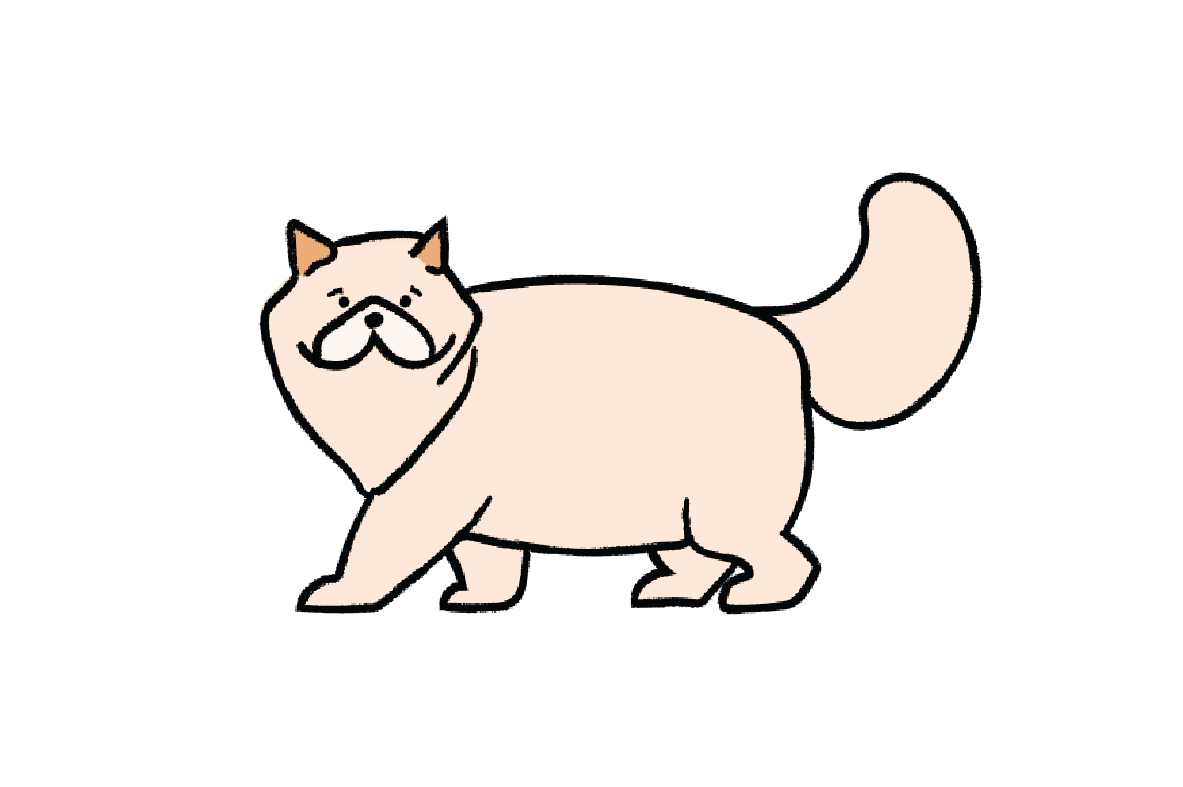

How rich or round a wine is.
TL;DR--earth
The body of a wine is how much weight the wine holds on the palate. The body of wine can range from light to full, with light-bodied wines being less viscous than full-bodied wines with have a thicker viscosity. Viscosity describes the thickness or texture of a liquid, with a glass of juice being less viscous than molasses, for example.
How to assess the body of a wine--red
Wines that are full-bodied tend to be round, mouth-filling and intense. They will be powerful wines, with more impact. Light-bodied wines on the other hand will be quite delicate and often fresher. Think of light-bodied wines like skim milk, medium like regular 2% milk, full-bodied wines like full or homogenised milk.

Food pairing--aromatic
Pairing foods to the body of a wine is all about congruency. So in general light foods go best with light wines whereas bigger, heavier foods go better with fuller-bodied wines.
If you pair a full-bodied wine to a delicate and light dish, the wine will take over and mute the foods flavours. Whereas if you pair a light-bodied wine with a heavier dish, the food will take over and the wine will become even thinner and drizzle away into a bland, boring drop. It's better to match the light with light and full with full so they can share the stage to bring out the best in one another!
What can affect the body of a wine?--racy
The body of a wine can be influenced by things such as oak ageing and malolactic fermentation, which both increase the body of a wine. Malolactic fermentation (aka MLF or 'malo') is the process of transforming the malic acids (think green apple) into lactic acids (think milk). It results in a rounder, creamier wine (similar to milk's texture!). Also, elevated alcohol or sweetness can contribute to a fuller body. On the contrary, higher acidity can make a wine feel lighter in body.
Some grape type examples--aromatic
Light Body
Reds like Pinot Noir, Cinsault or Gamay
Whites like Chablis (unoaked Chardonnay), Sauvignon Blanc, Riesling, Italian Pinot Grigio
Full Body
Reds like Tannat, Petit Verdot, Cabernet Sauvignon, Sagrantino
Whites like Chardonnay (oaked), Viognier, White Bordeaux (oaked Sauvignon Blanc Semillon blend)

Common terms used to describe the body of a wine--cellar
Note: the body of a wine is not its texture (which has many more descriptors) but rather relates to the physical weight of the wine in the mouth.
Light body
delicate, light-footed, dainty, airy, thin
Full body
heavy, mouth-filling, brooding, thick, powerful, rich, big
Fun fact--plum
Did you know that warmer climates tend to produce wines that are fuller bodied? This is because the grapes are often riper from warmer regions which creates a riper fuller body in the finished wine.
Do you know your wine personality? If your answer is no, take our quiz to find out which wines to pick up next and build your box!
Build my box





